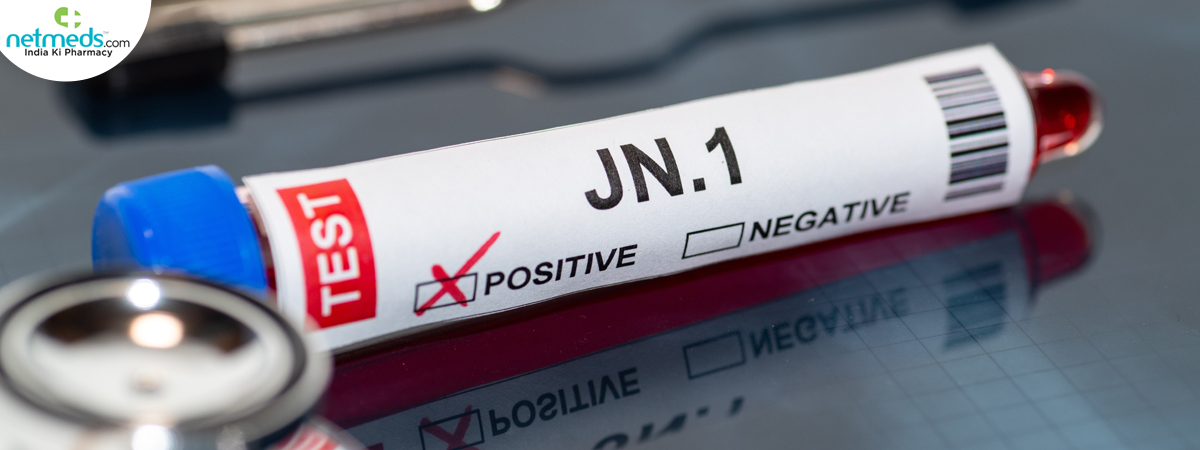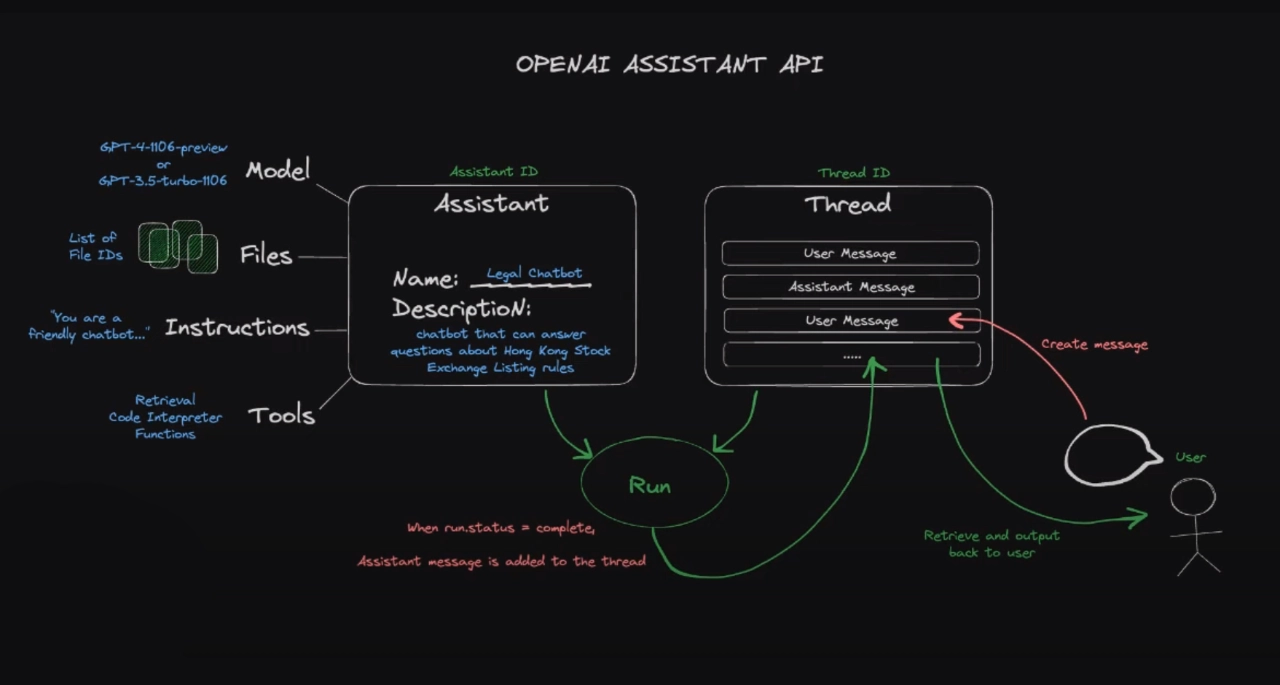COVID-19 JN.1 Variant: Symptoms, Spread, And What You Need To Know

Table of Contents
Symptoms of the COVID-19 JN.1 Variant
While research is ongoing, symptoms of the JN.1 variant are believed to be similar to other Omicron subvariants. This includes a range of symptoms, some more common than others. Knowing these symptoms can help with early detection and management.
- Common Symptoms:
- Cough (often dry, but can be productive)
- Fever (or feeling feverish/chills)
- Fatigue (extreme tiredness)
- Muscle or body aches
- Headache
- Sore throat
- Runny or stuffy nose
- Loss of taste or smell (anosmia or ageusia – less frequently reported than with earlier variants)
Distinguishing JN.1 from other Omicron Subvariants
Current research is still evaluating the specific characteristics of the JN.1 variant. While some studies suggest subtle differences in transmission rate and severity compared to other Omicron subvariants like XBB.1.5 or BA.5, more data is needed to draw definitive conclusions. The focus should remain on recognizing general COVID-19 symptoms rather than attempting to identify a specific variant. Early detection and appropriate management strategies are key, irrespective of the specific variant.
When to Seek Medical Attention
While many COVID-19 infections are mild, some individuals may experience severe symptoms. If you experience any of the following, seek immediate medical attention:
- Difficulty breathing or shortness of breath
- Persistent pain or pressure in the chest
- New confusion
- Inability to wake or stay awake
- Pale, gray, or blue-colored skin, lips, or nail beds
Spread and Transmission of the COVID-19 JN.1 Variant
Like other Omicron subvariants, JN.1 is thought to spread primarily through close contact with infected individuals and via respiratory droplets. This means understanding transmission routes is crucial for prevention.
- Primary Transmission Routes:
- Respiratory droplets released when an infected person coughs, sneezes, or talks. These droplets can travel short distances and land in the mouths or noses of people nearby or possibly be inhaled into the lungs.
- Close contact with infected individuals, particularly in poorly ventilated indoor spaces.
Risk Factors for Transmission
Several factors increase the risk of COVID-19 transmission, including the JN.1 variant:
- Crowded indoor settings with poor ventilation.
- Close contact with unvaccinated or immunocompromised individuals.
- Lack of adherence to preventative measures like mask-wearing and hand hygiene.
Preventing the Spread of JN.1
Preventing the spread of JN.1 and other COVID-19 variants relies on familiar preventative measures:
- Vaccination: Stay up-to-date with COVID-19 vaccines, including booster shots as recommended.
- Hygiene: Practice frequent handwashing with soap and water or use an alcohol-based hand sanitizer.
- Social Distancing: Maintain a safe distance from others, especially in crowded areas.
- Mask Wearing: Consider wearing a mask in crowded indoor settings or when in close contact with individuals who are vulnerable.
- Ventilation: Improve ventilation in indoor spaces whenever possible.
What You Need to Know About the COVID-19 JN.1 Variant and Prevention
Understanding the JN.1 variant and its potential impact requires a multifaceted approach focusing on prevention, testing, and staying informed.
The Importance of Vaccination
Vaccination remains one of the most effective strategies to reduce the severity of COVID-19, including infections caused by variants such as JN.1. Vaccines significantly reduce the risk of hospitalization and death. Staying up-to-date with recommended booster shots is critical for maintaining strong immunity.
Testing and Treatment Options
If you suspect you may have COVID-19, it's crucial to get tested. Rapid antigen tests and PCR tests are widely available. Seek medical advice regarding testing and treatment options. Early treatment can help manage symptoms and reduce the risk of complications.
Staying Informed
Reliable information is key to navigating the evolving situation surrounding COVID-19 variants. Regularly consult reputable sources such as the World Health Organization (WHO), the Centers for Disease Control and Prevention (CDC), and your local public health authorities for the latest updates and guidance.
Conclusion
The COVID-19 JN.1 variant underscores the ongoing need for vigilance and proactive measures. Understanding its symptoms and transmission patterns empowers individuals to take steps to protect themselves and their communities. By staying informed about the latest research, practicing good hygiene, and maintaining up-to-date vaccinations, you can effectively mitigate the risk associated with the JN.1 variant and future COVID-19 variants. Remember to consult your doctor if you experience any concerning symptoms and stay updated on the latest guidelines regarding the COVID-19 JN.1 variant and other evolving situations.

Featured Posts
-
 The Future Of Family Planning Examining Otc Birth Control In A Post Roe World
May 31, 2025
The Future Of Family Planning Examining Otc Birth Control In A Post Roe World
May 31, 2025 -
 Harvard Wins Reprieve Foreign Student Ban Temporarily Blocked
May 31, 2025
Harvard Wins Reprieve Foreign Student Ban Temporarily Blocked
May 31, 2025 -
 The Health Benefits Of Rosemary And Thyme
May 31, 2025
The Health Benefits Of Rosemary And Thyme
May 31, 2025 -
 Guelsen Bubikoglu Nun Sosyal Medyada Tuerker Inanoglu Icin Yaptigi Paylasim
May 31, 2025
Guelsen Bubikoglu Nun Sosyal Medyada Tuerker Inanoglu Icin Yaptigi Paylasim
May 31, 2025 -
 Build Your Voice Assistant With Open Ai New Tools Unveiled At 2024 Event
May 31, 2025
Build Your Voice Assistant With Open Ai New Tools Unveiled At 2024 Event
May 31, 2025
